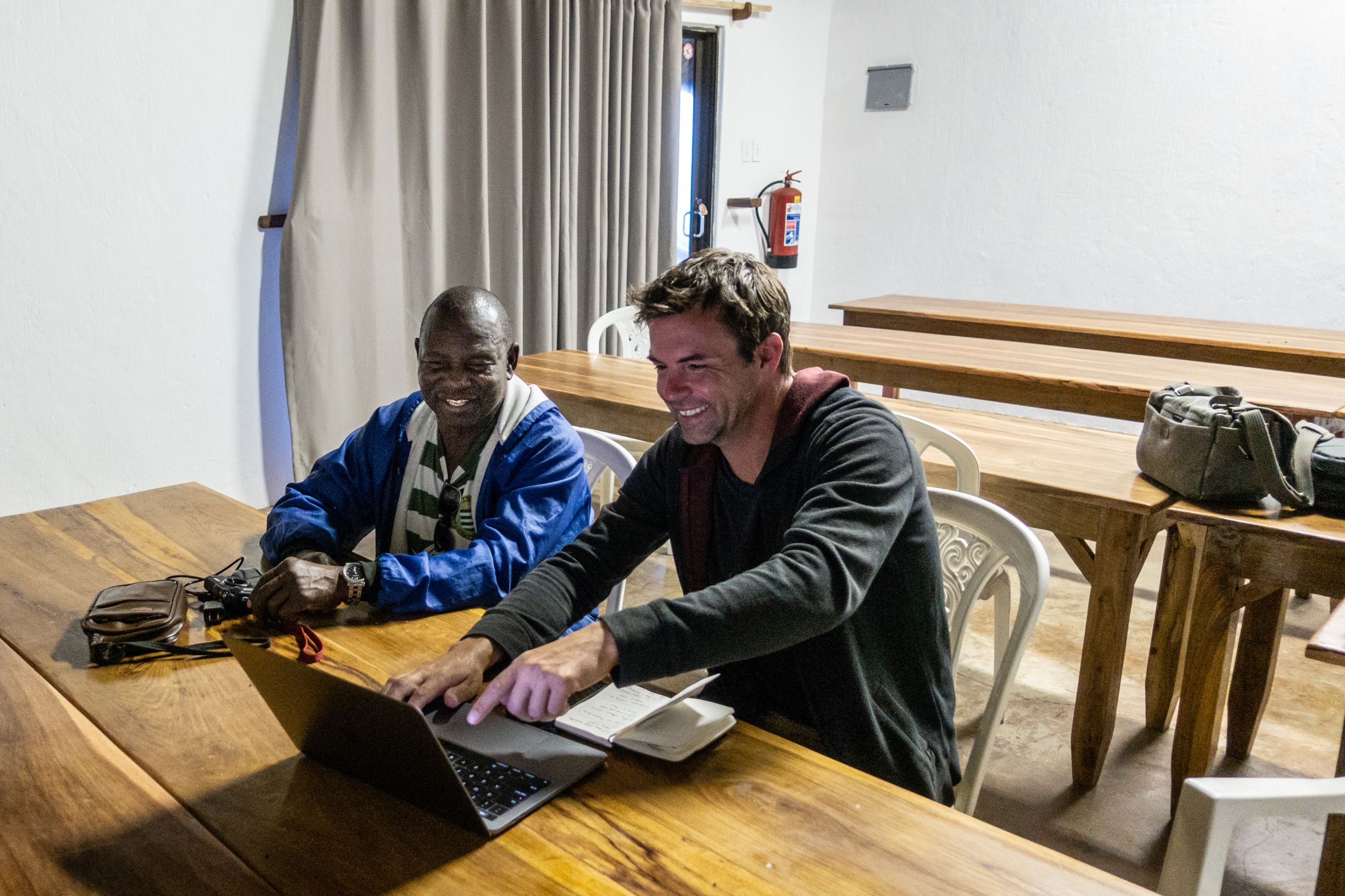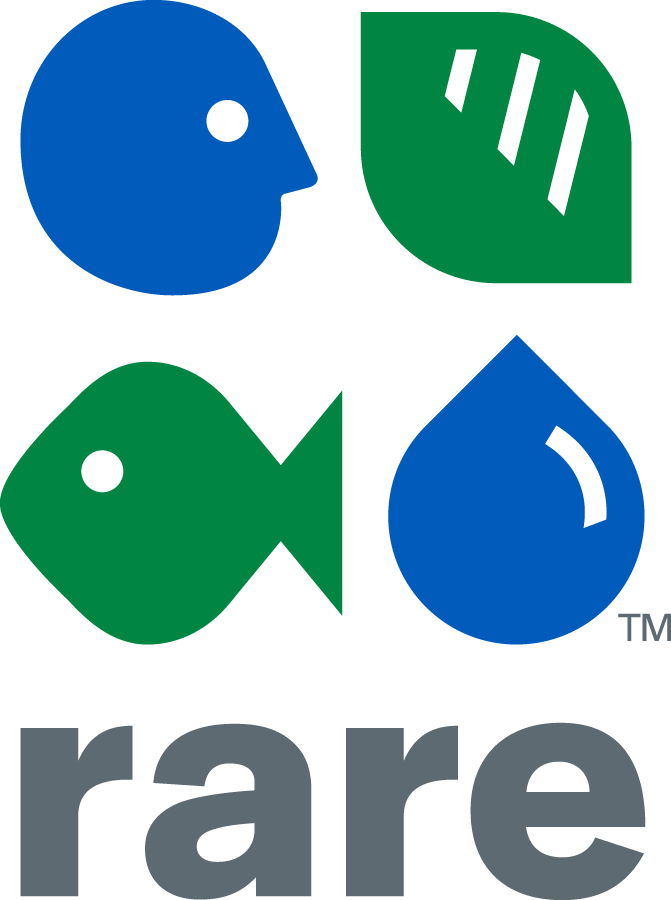WELCOME TO THE
WILD COAST
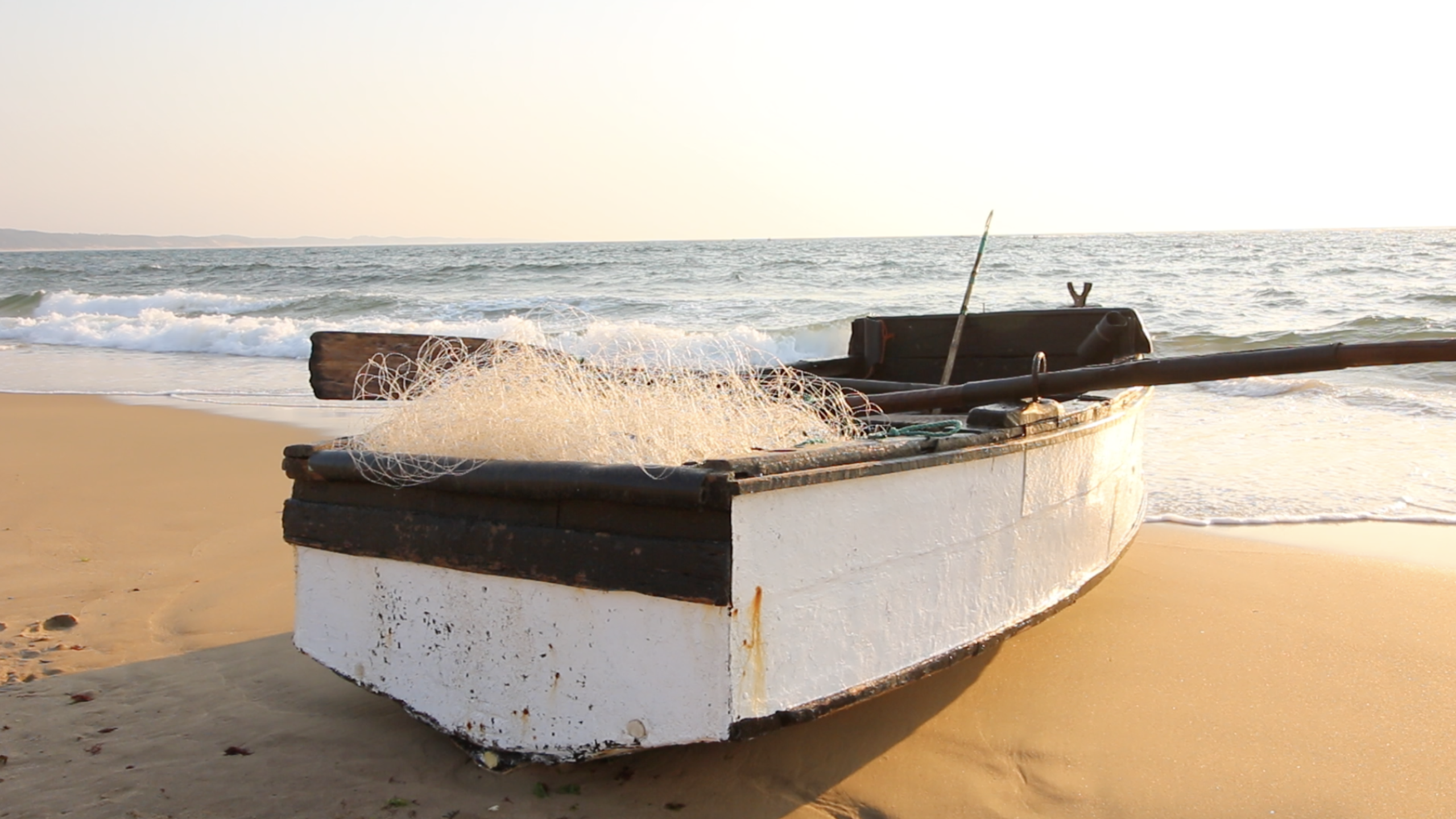
Welcome to Zavora. Let Jeff, Henriqueta, Valentino and Silvino – four members of Zavora’s small coastal fishing community – take you on a focused journey to Mozambique’s Wild Coast through their own eyes.
For two weeks, each was armed with a camera and a mission to show us their story, frame by frame. The goal of this participatory photography was to provide us, the observers, a snapshot of their daily lives – and through this, a better understanding of their realities, motivations, challenges and needs.
With coastal communities often marginalized and underserved, misunderstood and forgotten, what emerges is a deeply personal look at those who live and work in this extraordinary place along Mozambique’s Wild Coast.

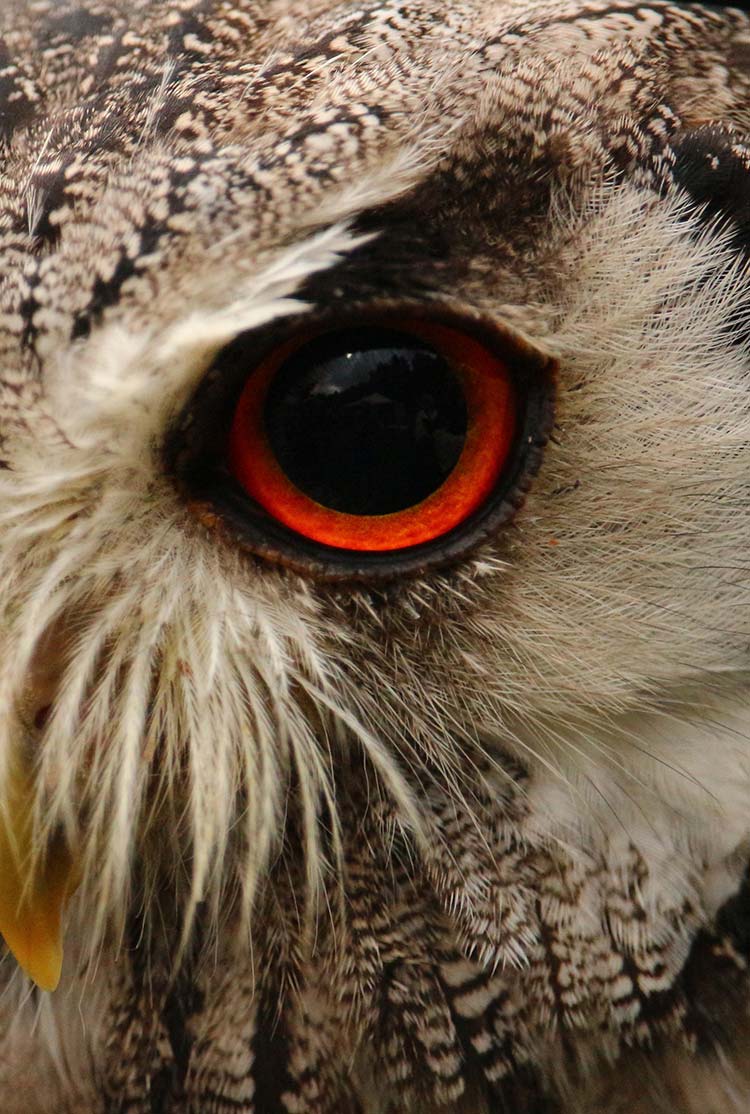
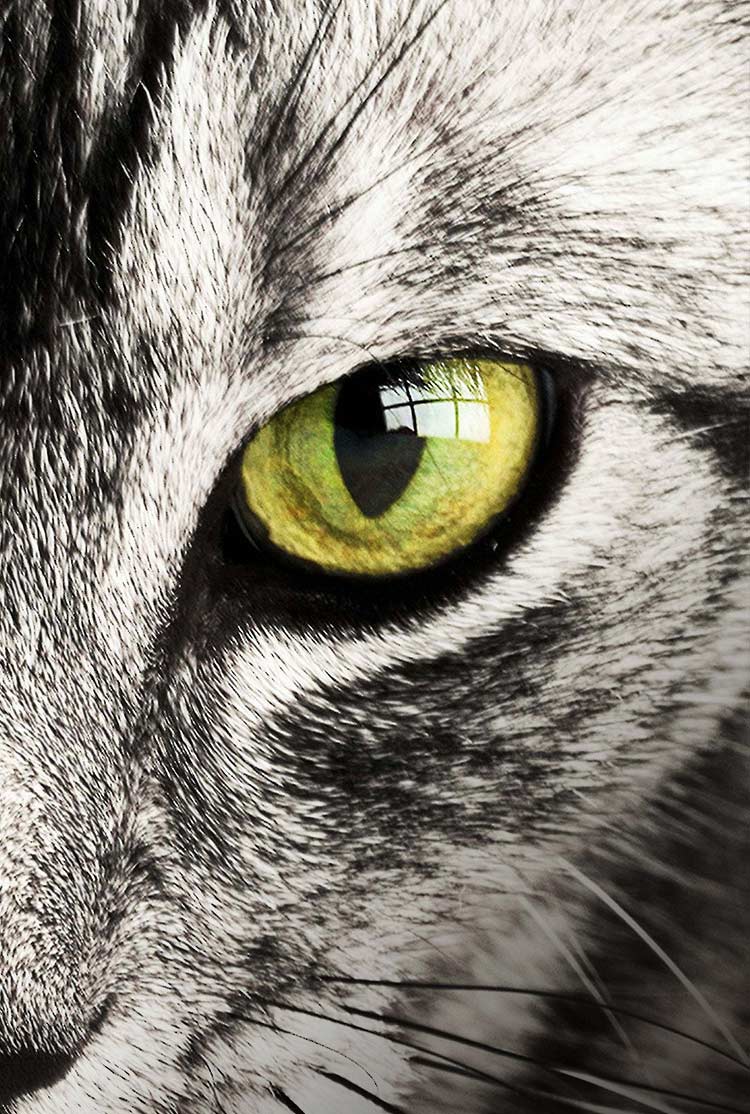
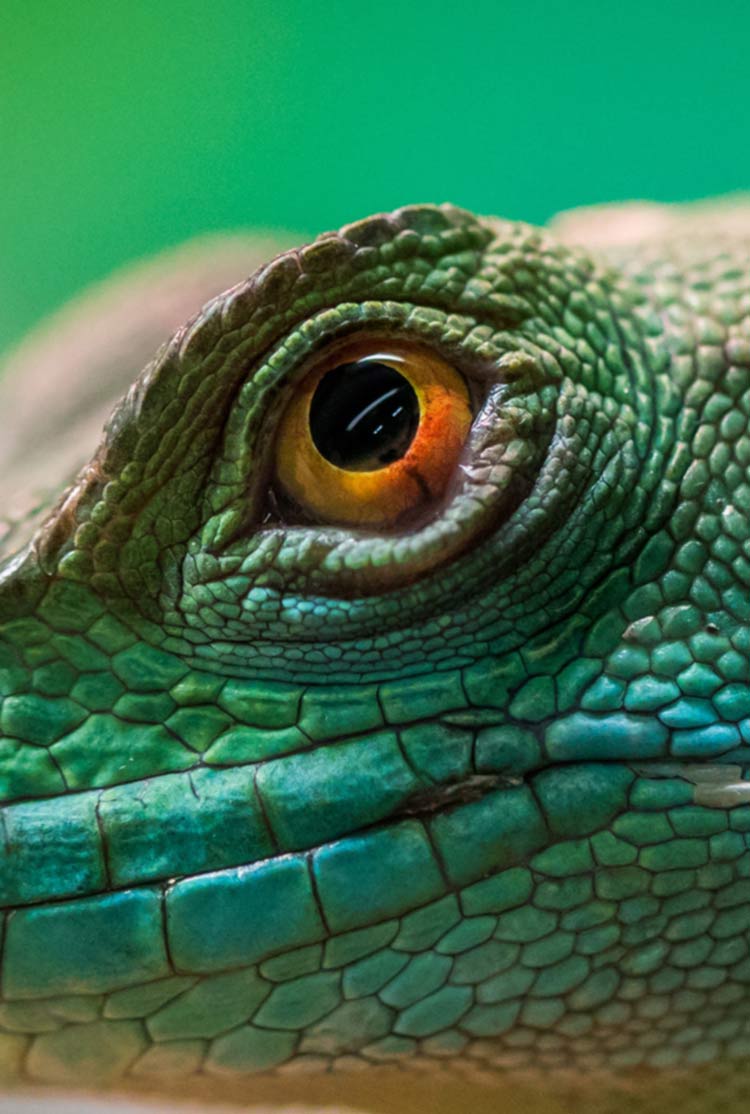
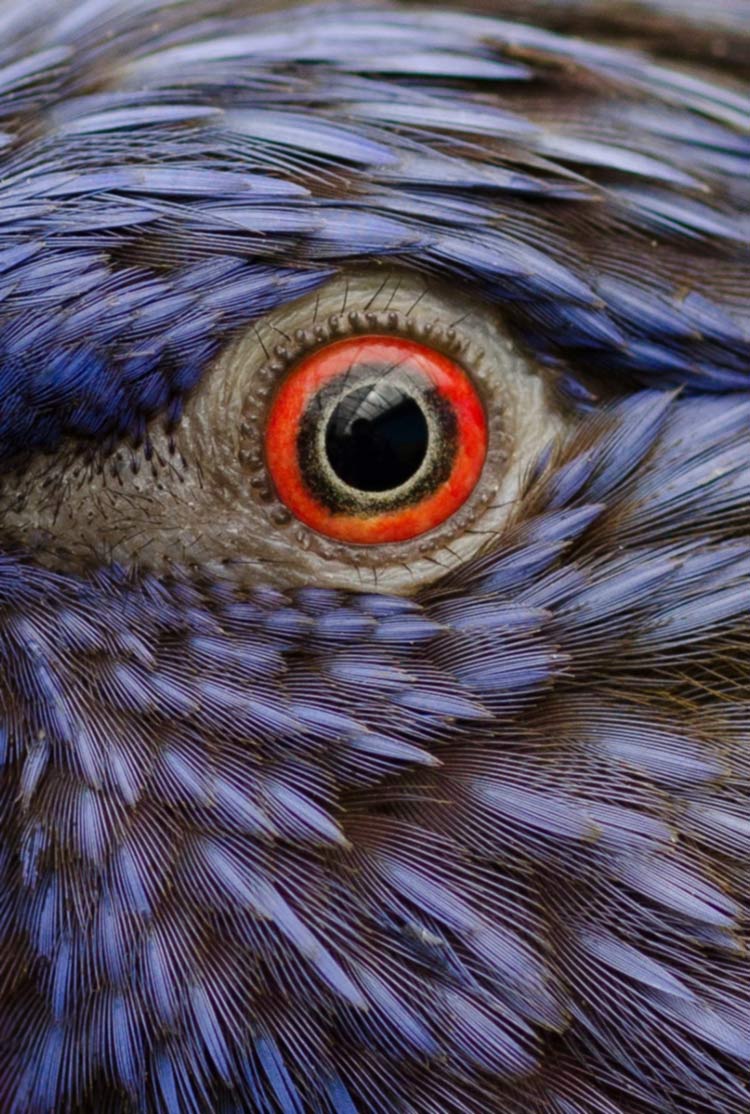
What is Participatory Photography?
Participatory Photography is a community-based, visual communication process used to document and reflect reality. In a participatory photo project, community members of all ages and statuses make photographs in order to capture and share their lived experience in an authentic form of self-representation. Having community members make photographs through their own lens promotes dialogue on new levels that can transcend language and work outside of preconceived assumptions for a deeper understanding of the community’s world and everyday experiences. Since photography has become dramatically more accessible and is a highly flexible tool, it is ideal for both documentation and creative expression, and can be a strong complement to other qualitative research tools. While the traditional focus of Participatory Photography has been about empowering the individual making the photographs, it can also be utilized to surface new insights about particular issues and to expose overlooked or hidden values, motivations, interests, challenges, and greater context within a community. It has the potential to provide rich information and insight that would be inaccessible through just surveys or interviews. This tool asks the community: “show us your story” and thereby also fosters communication and builds community engagement around the issue being explored.
Recognizing that in today’s modern society, photography is ubiquitous. With that said, we can use it as a tool for social engagement; as a programmatic tool for learning; and take something super established and find new ways to apply it. Photog plays a different role in life now. This is an experiment; part of an ongoing evolution, iterative process consistent with startup philosophy and tech (be transparent), learned how we could do it better…people are now used to making photographs.
About Jason
Jason Houston is an award-winning photographer that has traveled the world in search of extraordinary people and places. He spent three weeks in the small fishing village of Zavora, documenting the lives of the people who live along Mozambique’s Wild Coast.
https://www.jasonhouston.com/
